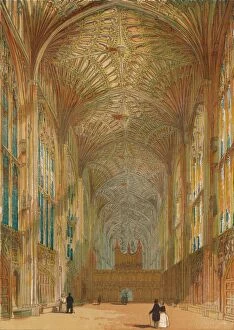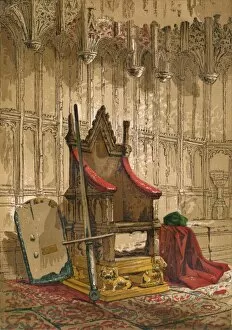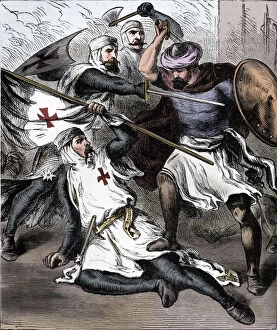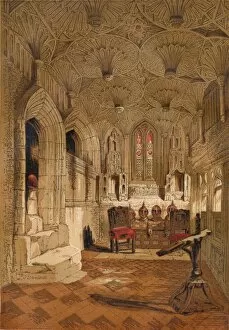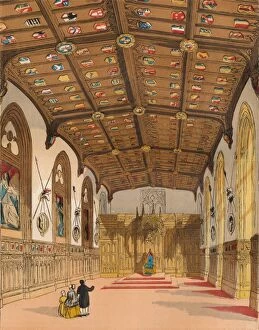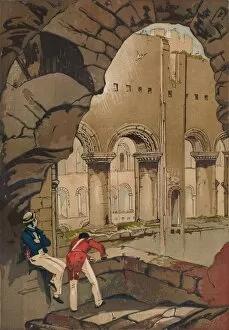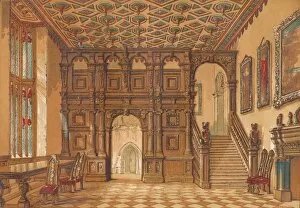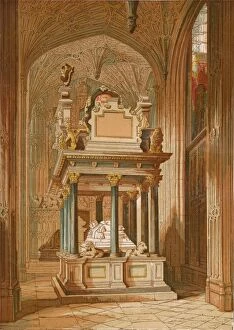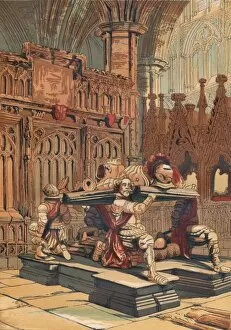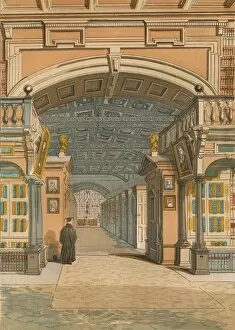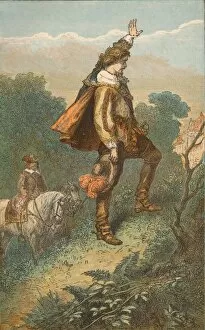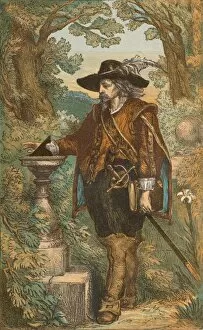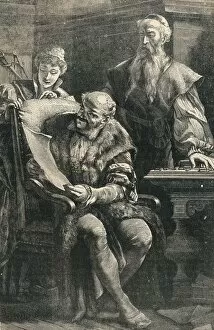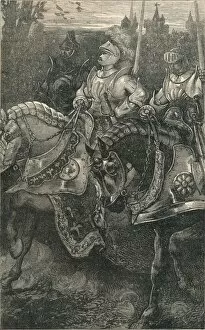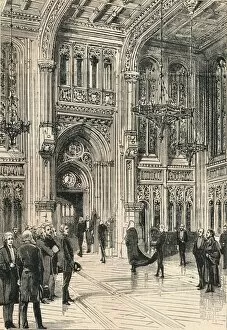James Sangster And Collection
James Sangster was a passionate historian and photographer, capturing the essence of historical landmarks with his lens
For sale as Licensed Images
Choose your image, Select your licence and Download the media
James Sangster was a passionate historian and photographer, capturing the essence of historical landmarks with his lens. In 1864, he stood in awe before the majestic Kings College Chapel in Cambridge, its intricate architecture telling tales of centuries past. Transporting himself further back in time, James found himself amidst the remnants of the Battle of Flodden in 1513. His camera froze a moment from this c1910 scene, immortalizing the valor and tragedy that unfolded on those very grounds. Fascinated by medieval history, James ventured into battle once again through his photographs. The Knights Templar on the Field of Battle came alive before him as if it were still c1910. Their armor glistened under sunlight while their swords clashed against enemies unseen. Not limited to battles alone, James explored renowned halls and churches across England's prestigious universities. At Christ Church Hall in Oxford during c1845 (1864), he captured an atmosphere steeped in academia and tradition. The Coronation Chair stood proudly beside Chantry Chapel at Westminster Abbey; both symbols of power and faith frozen forever within James' frame. Strolling along St John's College Chapel at Cambridge University during c1845 (1864), James marveled at its grandeur while contemplating generations who had passed through its doors seeking knowledge and enlightenment. His journey continued to St George's Hall in Windsor Castle where echoes of royal celebrations resonated throughout time itself - a glimpse into regal opulence preserved by his photography skills since c1845 (1864). The Temple Church's interior transported viewers back to ancient times as they admired its architectural beauty meticulously documented by James during that same period. Rochester Castle revealed its hidden secrets within its walls when viewed through James' lens - each photograph revealing stories whispered only to those who dared listen closely enough. Whitehall Chapel emanated serenity amidst bustling London streets; a sanctuary for reflection amid chaos captured perfectly by James in c1845 (1864).

